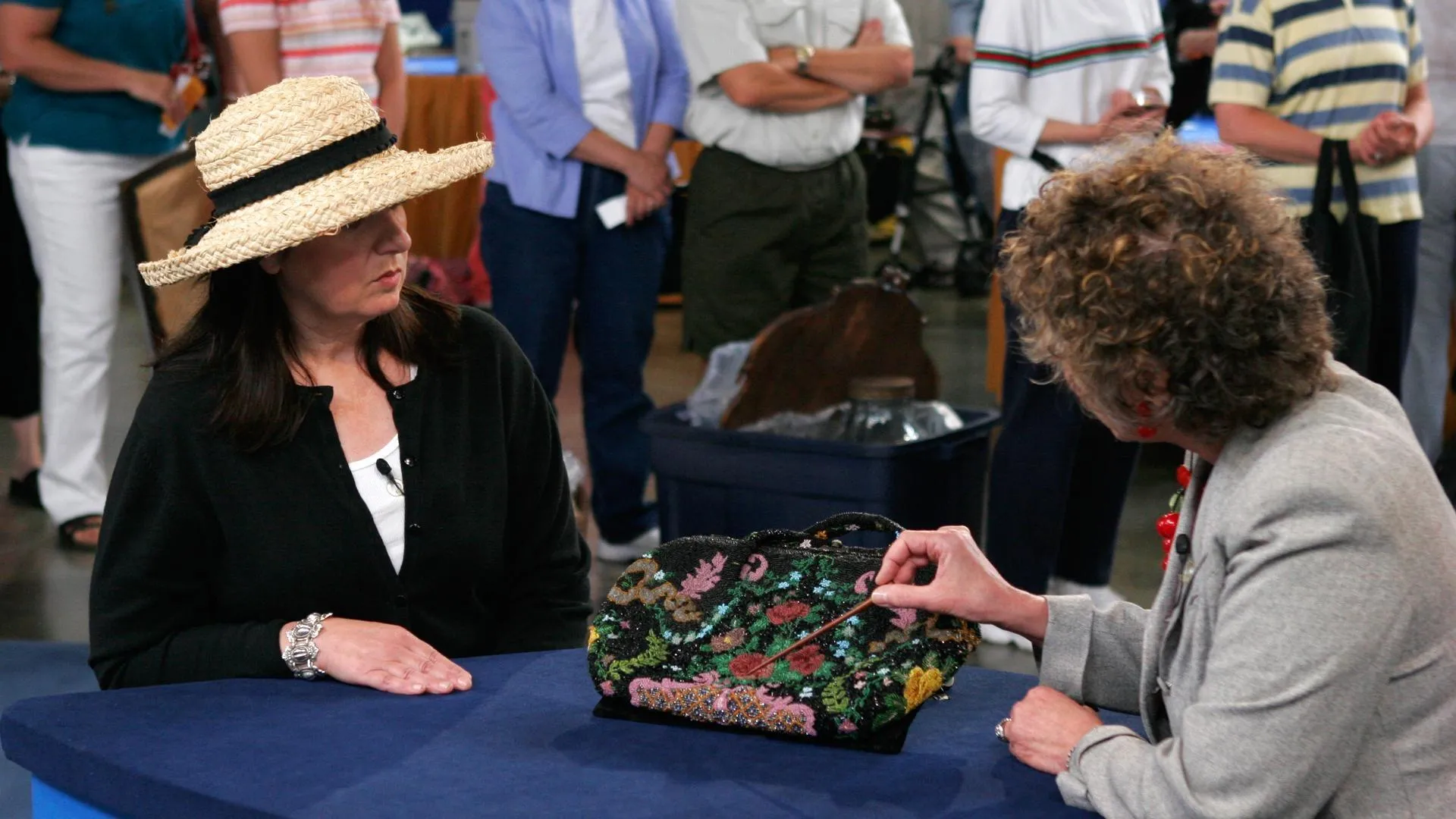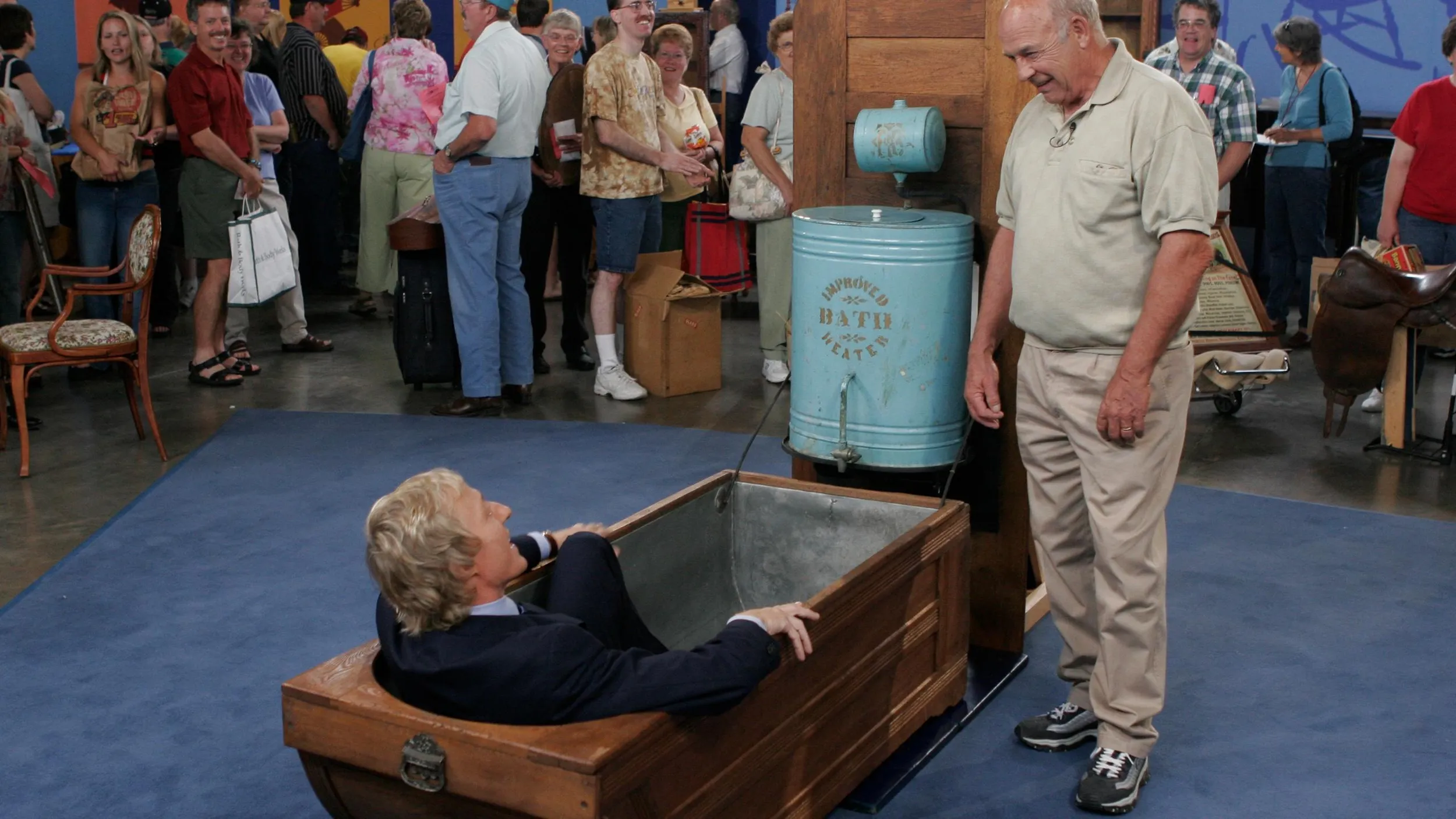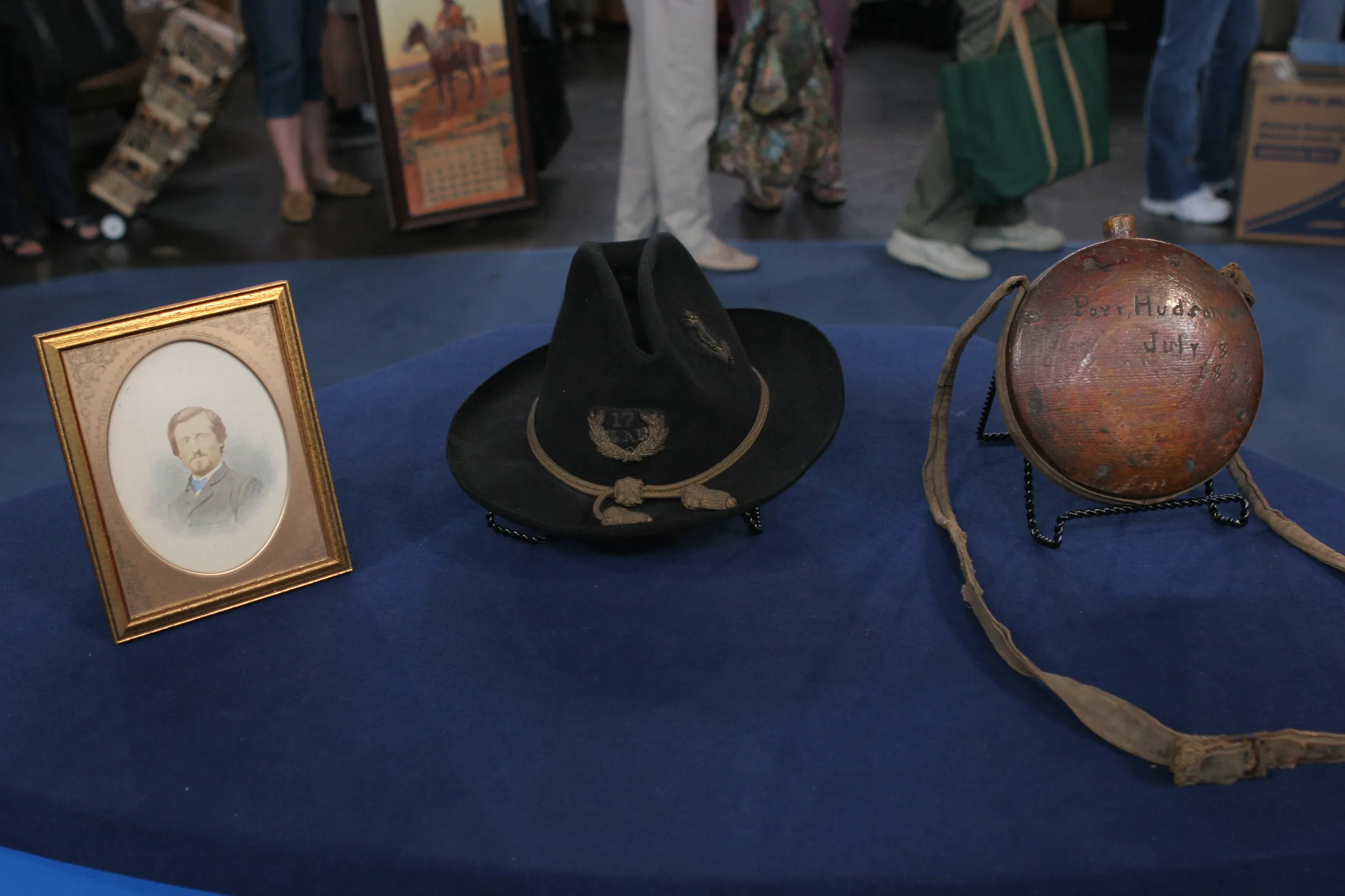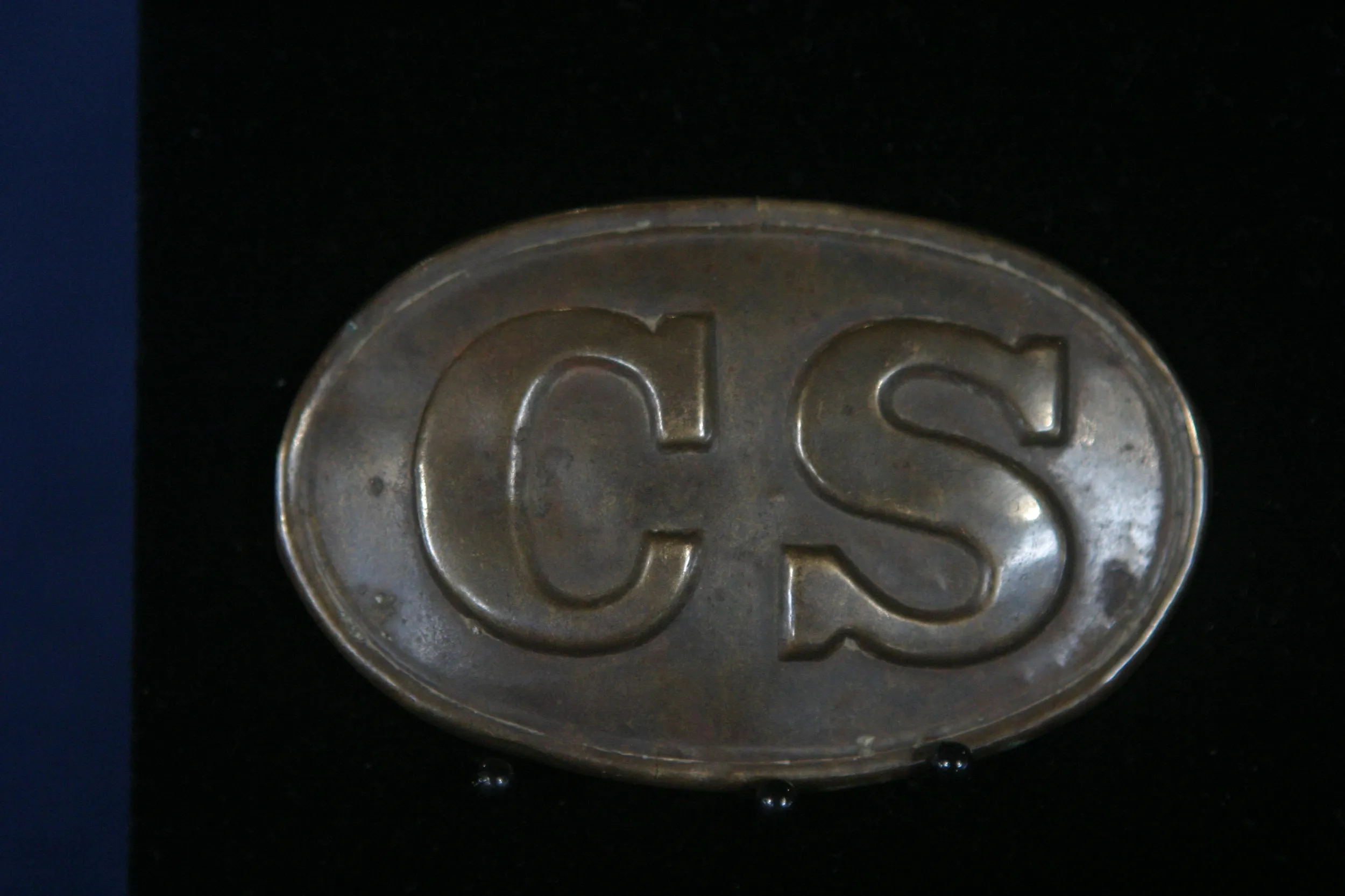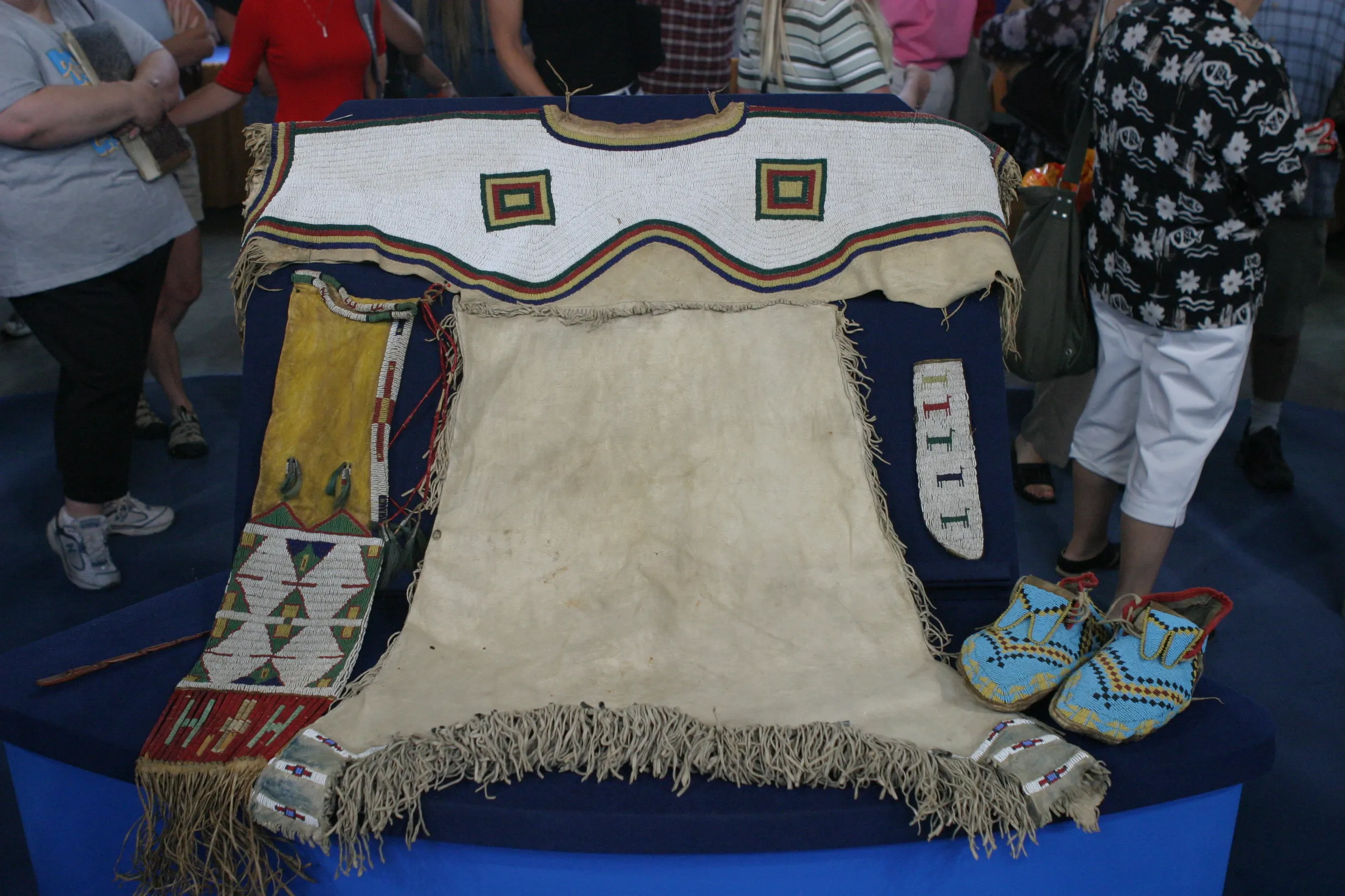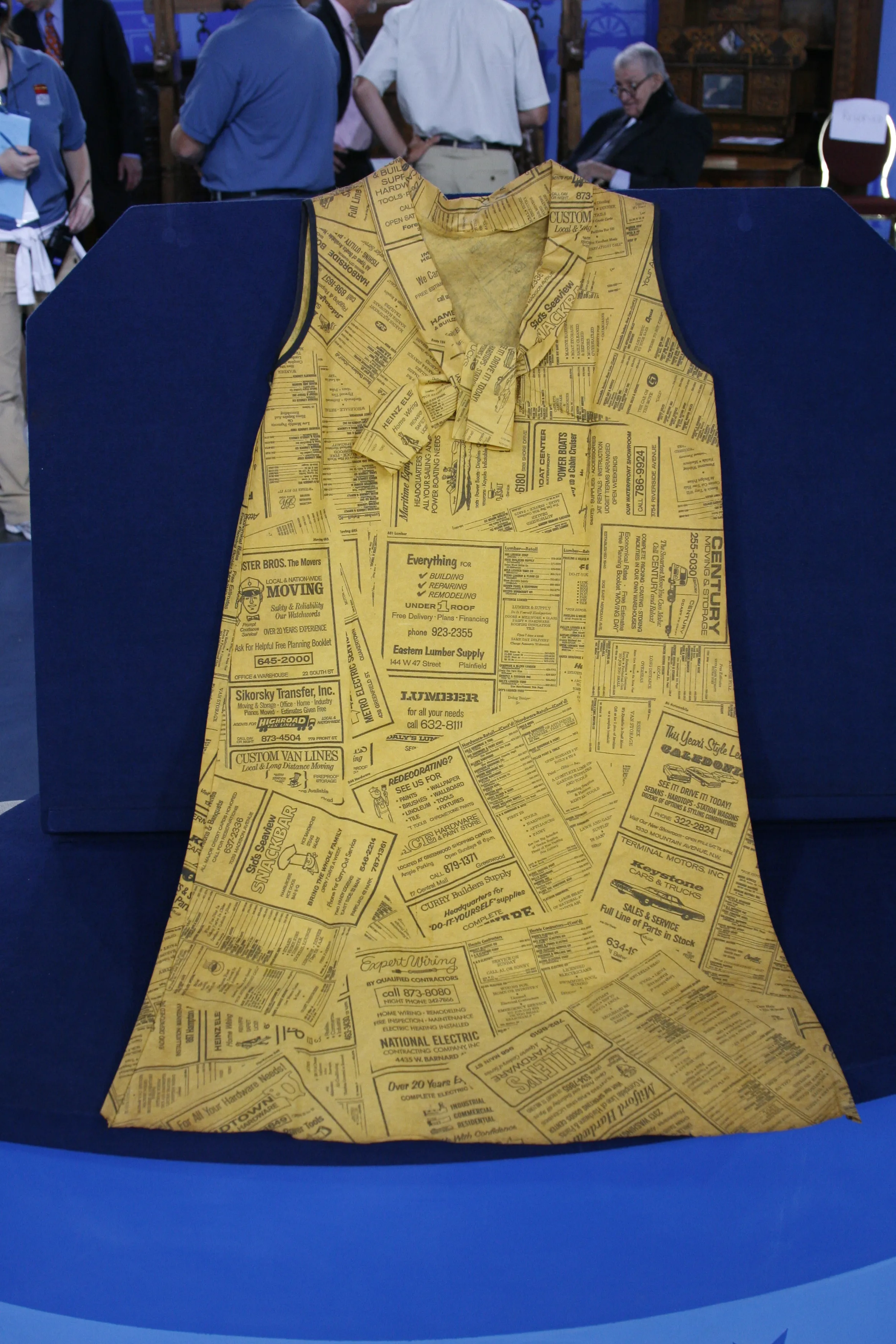GUEST: This is a bead bag purse that I bought on a trip to Sioux Falls, South Dakota, on a little antique outing. I didn't know much about it, but I just fell in love with it. I paid $175 for it, probably about ten years ago.
APPRAISER: Most beaded bags from this era, which is about 1915 through 1925, are about half the size of this purse. And what is amazing about it, beyond the size, is the condition. It's a floral pattern, and we've got several colors of glass beads, and there's approximately 150 beads to square inch. It's the same pattern on both sides. I figure this weighs almost six pounds, maybe more.
GUEST: Mm-hmm.
APPRAISER: It also has handles embroidered with beads on both sides.
GUEST: Yes, I noticed, sure.
APPRAISER: And they're very, very, very good condition. Where do you think this purse was made?
GUEST: This is just a guess, but I thought possibly France.
APPRAISER: Okay.
GUEST: Because it's so beautifully done.
APPRAISER: I think you're right.
GUEST: Really? Okay.
APPRAISER: I think it's made from... Not only because the design is so exquisite...
GUEST: Mm-hmm.
APPRAISER: But when women in America made purses-- and this was a cottage industry, they would make them in their home-- they would put in a single quadrant of the purse a white bead, and there is no white bead on this purse.
GUEST: Oh.
APPRAISER: So it's not a signature American piece. I want to show the lining here. It's in excellent condition. It's a cotton sateen lining.
GUEST: Okay.
APPRAISER: It's got a very nice Art Deco, '20s-'30s pattern. The hardware is not sterling, it's stamped steel. It doesn't have a chain, but it does have a sliding locking mechanism right here. It also has the original mirror. And I think this is the original lining. I looked at it. It seemed to be hand-sewn. I would say on today's market, a purse of this exceptional quality would bring around $2,000.
GUEST: Oh, that's wonderful. (giggles) That's wonderful, thank you.


